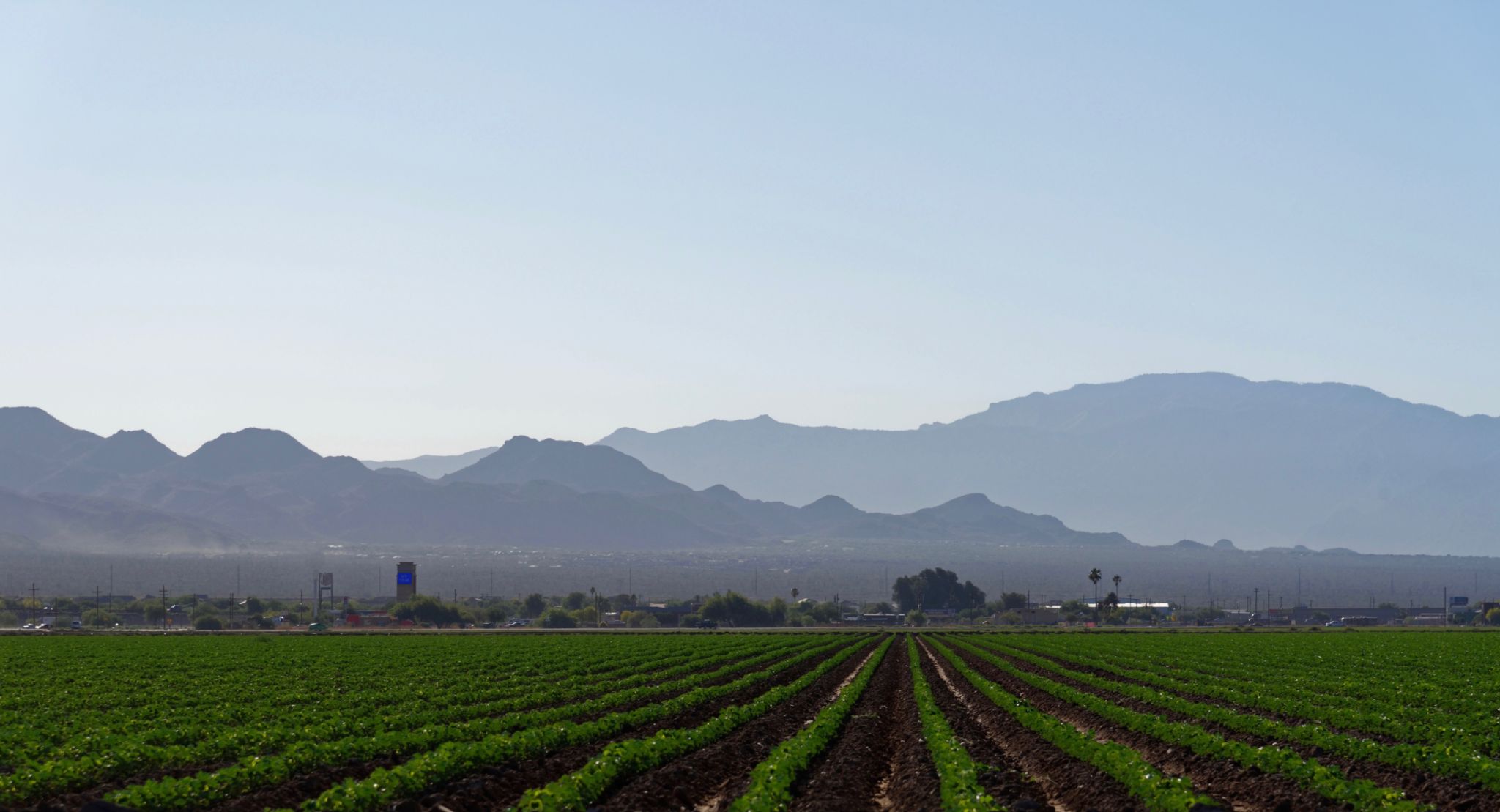Common Misconceptions About Growing Olives in Arizona
Understanding the Climate Suitability for Olives
One common misconception about growing olives in Arizona is that the climate is entirely unsuitable. While it's true that olive trees thrive in Mediterranean climates, characterized by hot, dry summers and mild, wet winters, Arizona's desert climate can still support olive cultivation. The key is selecting the right varieties that can withstand the specific temperature ranges and ensuring proper care.

Choosing the Right Olive Varieties
Another myth is that all olive varieties will struggle in Arizona's environment. In reality, some varieties are better suited to the desert climate. For example, the Arbequina, Arbosana, and Koroneiki varieties are known to be more adaptable to warmer climates. By choosing these resilient types, growers can increase their chances of success.
Furthermore, there is a belief that olive trees require constant moisture. While young trees need regular watering to establish their root systems, mature olive trees are quite drought-tolerant. This makes them well-suited for Arizona's arid conditions, provided they receive adequate water management during their early years.

Soil Requirements and Preparation
A prevalent misconception is that olive trees need exceptionally fertile soil to thrive. However, olive trees are not particularly demanding; they can grow in poor, stony soil as long as it's well-drained. Proper soil preparation, which includes adding organic matter and ensuring good drainage, is essential for successful olive cultivation in Arizona.
Pest and Disease Management
Some believe that olives are prone to numerous pests and diseases in Arizona. While olives can be affected by certain pests, such as the olive fruit fly, and diseases like verticillium wilt, these issues are manageable with proper care and preventive measures. Regular monitoring and employing organic practices can effectively mitigate these risks.

The Importance of Pruning and Harvesting
Many assume that olive trees need minimal maintenance once established. However, regular pruning is crucial for promoting healthy growth and maximizing fruit production. Pruning helps maintain the tree's shape, improve air circulation, and remove any dead or diseased branches.
Additionally, there is often confusion about the harvesting process. Some think olives can simply be picked at any time. In reality, timing is critical; harvesting too early or too late can impact both yield and oil quality. Understanding the optimal harvest period based on the variety and intended use—whether for table olives or oil production—is essential.
Sustainability and Economic Viability
A final misconception is that olive farming in Arizona is not economically viable or sustainable. On the contrary, with the right practices, it can be both profitable and environmentally sustainable. Olives require less water than many other crops traditionally grown in Arizona, making them a more sustainable option in water-scarce areas.
In conclusion, while growing olives in Arizona does come with challenges, many misconceptions can discourage potential growers. By understanding the climate adaptability, selecting appropriate varieties, managing pests and diseases effectively, and focusing on sustainability, olive cultivation can thrive in the desert landscape.
